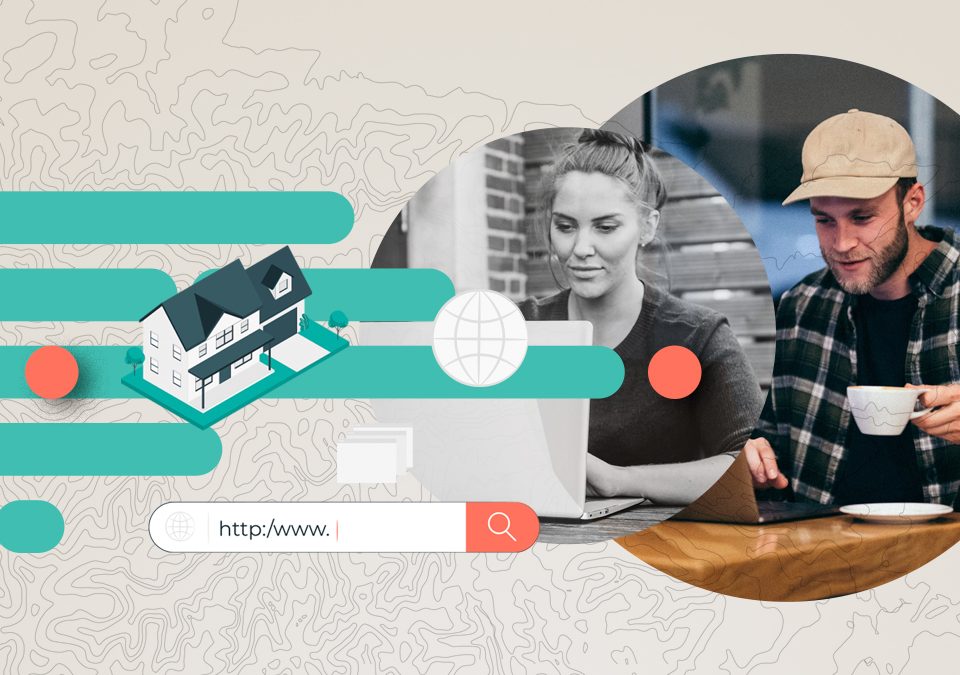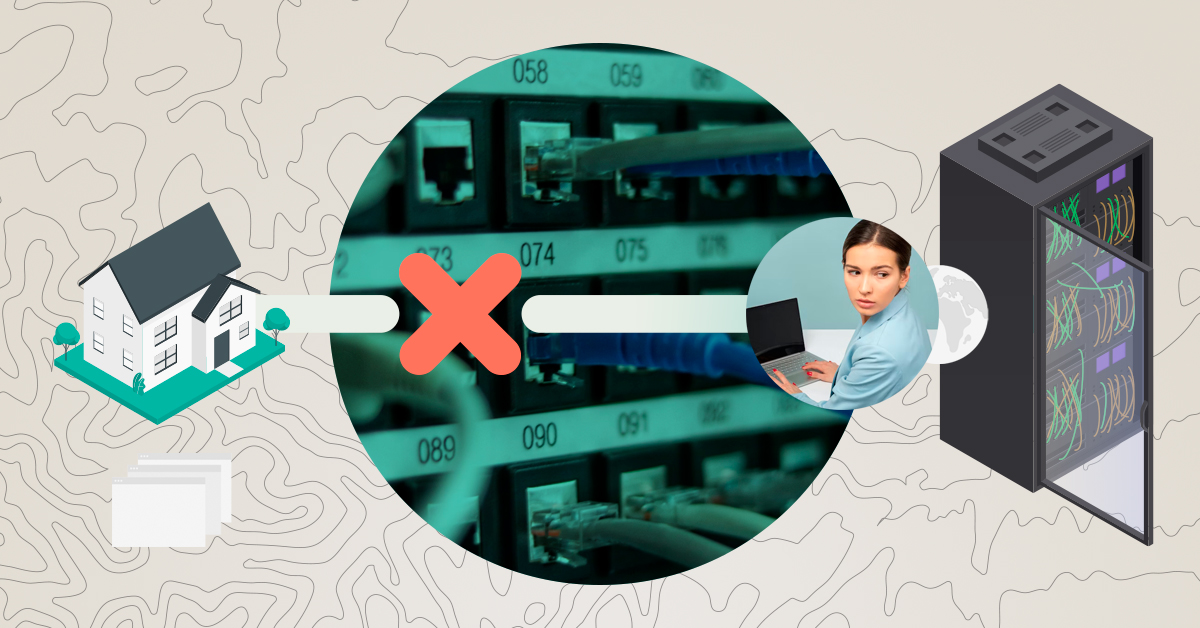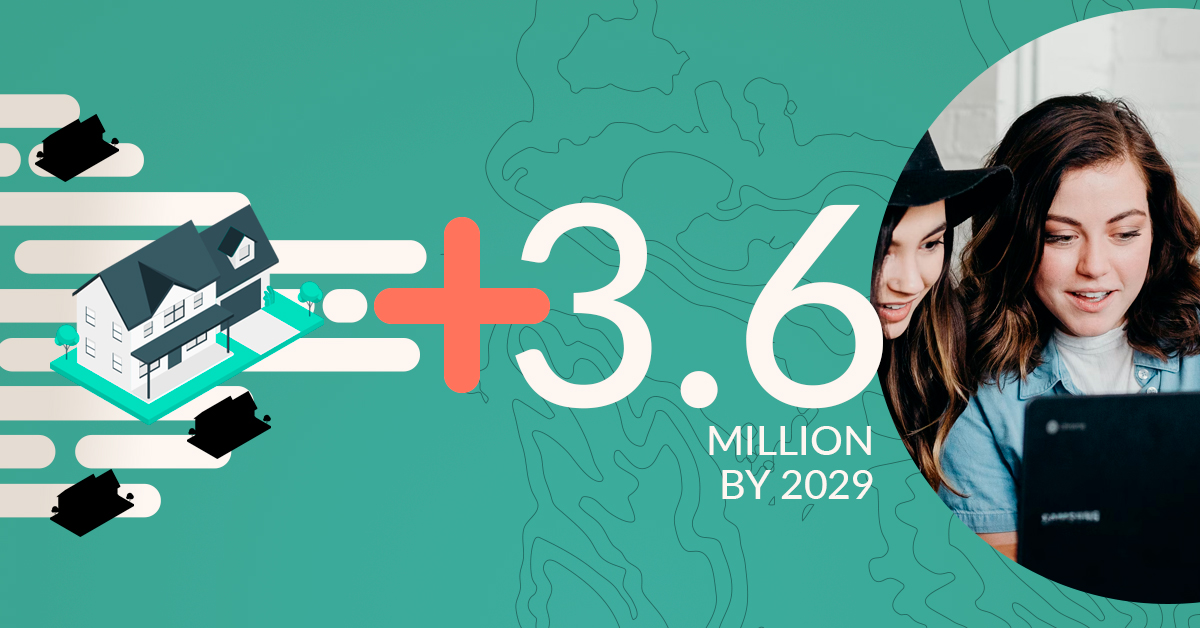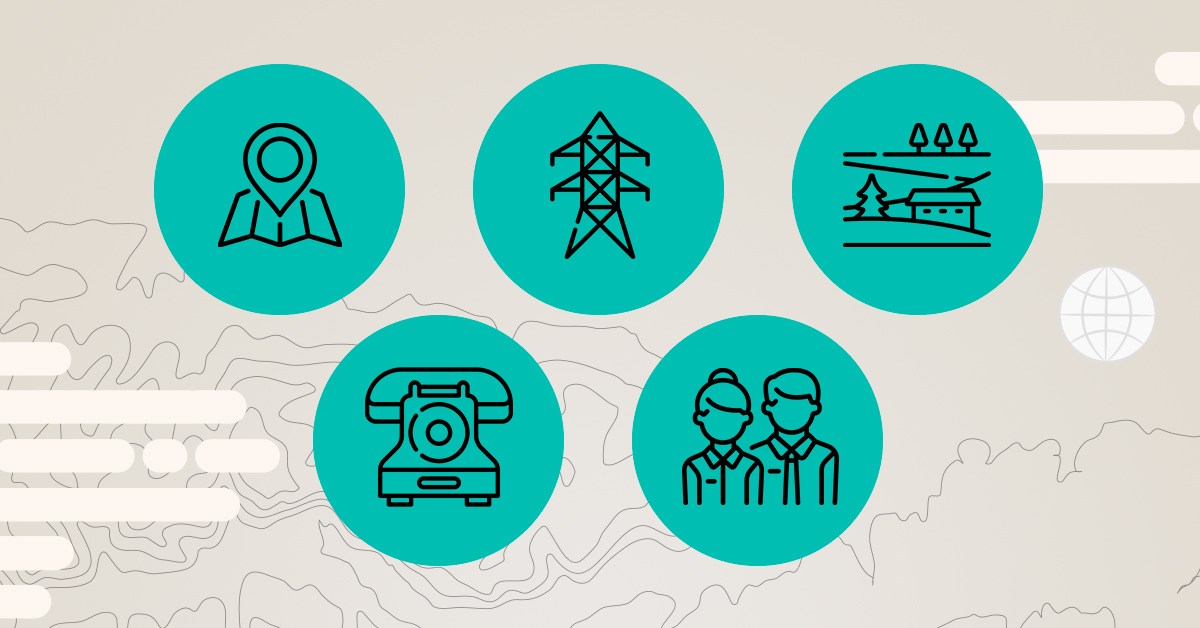
In today’s increasingly digital world, broadband internet has become essential, on par with utilities like electricity, gas, and running water. However, over 42 million Americans still lack access to high-speed broadband internet [1]. The reasons for this disparity are multifaceted, including geography, population density, demographics, and market dynamics. Utility companies are stepping up to address this pressing issue, leveraging their existing infrastructure and expertise to extend broadband services to underserved and unserved areas, both in the middle and last mile.

One of the major obstacles to extending broadband access in rural areas is the “middle mile” challenge. The middle mile is the segment of the broadband network that connects the internet backbone to the final “last mile” and serves as the principal conduit for data. However, the cost of building and maintaining middle-mile infrastructure in rural regions often makes projects financially unviable. This results in a significant deficit in middle-mile infrastructure across the United States.
The shortage of middle-mile infrastructure creates a “chicken and egg” problem for rural broadband providers. Typically, constructing middle-mile infrastructure demands the installation of thousands of miles of fiber, which is expensive and risky without a corresponding last-mile provider to connect households and businesses. Conversely, last-mile providers may choose not to serve a community without existing middle-mile infrastructure, further exacerbating the digital divide.
Various types of utility companies, including electric cooperatives, municipal utilities, and investor-owned utilities, have taken the initiative to set up broadband networks to modernise their own smart grid infrastructure. They leverage their existing infrastructure and local presence to offer economically viable and affordable solutions that large commercial communication service providers struggle to match.

According to the Fiber Broadband Association, utility providers currently offer internet access to approximately 675,000 households, with projections indicating a 40% growth in the next five years, reaching 3.6 million households [2].
Utility providers have rolled out cutting-edge fiber-to-the-home and middle-mile fiber networks in areas neglected by commercial communication providers. These investments not only support advancements in energy and water services like smart grids but also foster economic growth in the communities they serve. With some utility companies offering speeds exceeding 10 gigabits per second and competitively priced gigabit services, they are well-positioned to bridge the digital divide.
Virginia’s Utility Leverage Program is a notable success story. Dominion and Appalachian Power collaborated with state lawmakers to empower investor-owned utilities to utilise their fiber for middle-mile service. This initiative aligns fiber deployments with ongoing smart grid modernisation projects, offering a cost-effective solution for expanding broadband access.
While utility companies are capable of providing services more cost-effectively than other providers, securing funding for deployment remains a significant challenge. Initiatives like the ReConnect Loan and Grant program, the federal Infrastructure Investment and Jobs Act, and the Broadband Equity, Access, and Deployment (BEAD) program offer opportunities for funding broadband expansion projects.
BEAD, in particular, allocates a substantial $42.45 billion to extend high-speed internet accessibility across all 50 states. This presents a significant opportunity for utility providers to contribute to bridging the digital divide.

5 Challenges Utility Providers Face
Entering the broadband market comes with its own set of challenges for utility providers:
- Geographical and Weather Concerns: Rural landscapes often pose terrain challenges and extreme weather conditions that can escalate project costs and maintenance complexities.
- Managing Network Designs Around Sensitive Areas: Building a fiber network can have environmental consequences, requiring careful planning and mitigation strategies.
- High Building Costs in Low-Population Areas: Low population density in rural communities leads to higher costs and less revenue, necessitating efficient resource utilisation.
- Managing Legacy and Next-Gen Equipment: Rural areas often lack local infrastructure, making maintenance and restoration of optical fiber networks complex.
- Staffing Concerns: The broadband industry is facing labor shortages, and utility providers need specialised network deployment and maintenance skills.
Utility providers must embrace automation, optimisation, and transformation to overcome these challenges. Modern tools and technologies can streamline operations, enhance decision-making, and improve network performance. These changes can lead to improved customer satisfaction, reduced costs, and the emergence of new products and services.

Creating a Successful Strategy to Bridge the Digital Divide
Utility companies are well-positioned to play a pivotal role in bridging the digital divide, bringing high-speed broadband to underserved and unserved areas. By leveraging their existing infrastructure, expertise, and government funding opportunities, utility providers can contribute significantly to ensuring equitable access to broadband internet, just like other essential utilities. While challenges exist, Enghouse Networks can help with the latest tools and technologies to navigate this new frontier successfully.
Learn More
To learn more about how your business can successfully plan, build, and operate a new, more powerful, and robust network to meet the changing U.S. energy climate, download the paper “From Power Lines to Data Lines: The Evolution of Utility Providers and How They Are Closing the Digital Divide.”